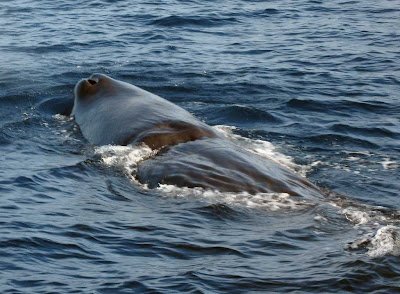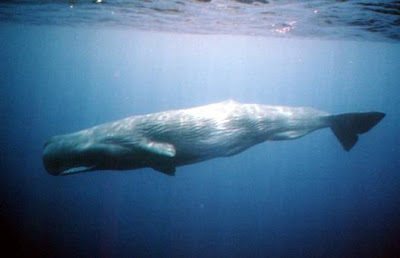The Life of Animals | Eclectus Parrot | The Eclectus Parrot, Eclectus roratus, is a parrot native to the Solomon Islands, Sumba, New Guinea and nearby islands, northeastern Australia and the Maluku Islands (Moluccas). It is unusual in the parrot family for its extreme sexual dimorphism of the colours of the plumage; the male having a mostly bright emerald green plumage and the female a mostly bright red and purple/blue plumage. Joseph Forshaw, in his book Parrots of the World, noted that the first European ornithologists to see Eclectus Parrots thought they were of two distinct species. Large populations of this parrot remain, and they are sometimes considered pests for eating fruit off trees.
Ornithologists usually classify the Eclectus Parrot as a member of tribe Psittaculini in the Psittacidae family of order Psittaciformes. The Eclectus Parrot is the most sexually dimorphic of all the parrot species. Although the Eclectus Parrot is the only extant species in the genus Eclectus, fossil remains of another species, Oceanic Eclectus Parrot (Eclectus infectus), have been found in archaeological sites in the islands of Tonga and Vanuatu The species presumably existed in Fiji as well. E. infectus had proportionally smaller wings than the Eclectus Parrot.
There are nine (possibly more) subspecies of Eclectus Parrots, although the species as a whole needs reviewing. The Eclectus Parrot is unusual in the parrot family for its marked sexual dimorphism in the colours of the plumage. The male is mostly bright green with a yellow-tinge on the head. It has blue primaries, and red flanks and underwing coverts. Its tail is edged with a narrow band of creamy yellow, and is dark grey edged with creamy yellow underneath, and the tail feathers are green centrally and more blue as they get towards the edges. The Grand eclectus female is mostly bright red with a darker hue on the back and wings. The beak of the adult female is all black. Adults have yellow to orange irises and juveniles have dark brown to black irises. The upper mandible of both male and female juveniles are brown at the base fading to yellow towards the biting edges and the tip
The abdomen and nape of the females are blue in most subspecies, purple abdomen and nape in the subspecies from the north and central Maluku Islands (roratus and vosmaeri), and red abdomen and nape in the subspecies from Sumba and Tanimbar Islands (cornelia and riedeli). Females of several subspecies have a yellow-tipped tail; taken to the extreme in riedeli and vosmaeri which also have yellow undertail coverts. The female vosmaeri displays the brightest red of all the subspecies, both on the head and body
The diet of the eclectus in the wild consists of mainly fruits, wild figs, unripe nuts, flower and leaf buds, and some seeds. In captivity, they will eat most fruits including mangos, figs, guavas, bananas, any melons, stone fruits (peaches etc.), grapes, citrus fruits, pears and apples. In captivity the eclectus parrot does benefit from a variety of fresh fruits and vegetables, leafy greens such as endive and dandelion, as well as a variety of seeds, including spray millet, and a few nuts such as shelled almonds and shelled walnuts.
In its natural habitat, the Eclectus nests within hollows in large, emergent rainforest trees. Unlike other parrot species, Eclectus parrots are polygyny—females may mate with multiple male suitors and males may travel from nesting site to nesting site to mate with multiple females. The male is primarily a green color, likely for the purpose of camouflage amongst the trees whilst foraging. Although Eclectus Parrots may reach sexual maturity earlier or later, they usually reach it between 2-3 years It is often possible to place abandoned eggs from other parrot species beneath a broody Eclectus hen, which she will readily accept and then happily incubate to the point of hatching.
Adult females with poor nest hollows often commit infanticide on male, if they laid a male and a female chick. Eclectus parrots are one of the more popular birds kept in captivity, as either parent or hand reared. Unlike many other species of parrot they are relatively easy to breed yet difficult to hand feed. Eclectus in captivity require vegetables high in beta-carotene, such as lightly cooked sweet potato, fresh broccoli clumps, and fresh corn on the cob. As with all pet birds, they should not be fed avocado, chocolate, or high fat junk foods such as French fries or commercially processed human foods such as pizza. Spray millet is one of the seed items they enjoy, though the Eclectus diet should typically contain much less seed than other birds. Nuts and seeds provide vitamin E, but should be limited in order to avoid too much fat in the diet, as Eclectus parrots can Fortified or artificially colored food items may also cause allergic reactions in some individuals, including severe itchiness leading to feather and skin damage. Eclectus Parrots are generally calm birds in captivity, displaying a pensive nature when faced with novel items or situations which may give rise to the mistaken impression that the species is 'dull-witted' The Eclectus may also exhibit a more neophobic nature than other species of companion bird Eclectus parrots are prone to feather destruction (picking, pulling, cutting and or barbing) in captivity. The average lifespan of the eclectus parrots in captivity is unknown, since these birds have not been kept in captivity in great numbers until the nineteen eighties.


















































